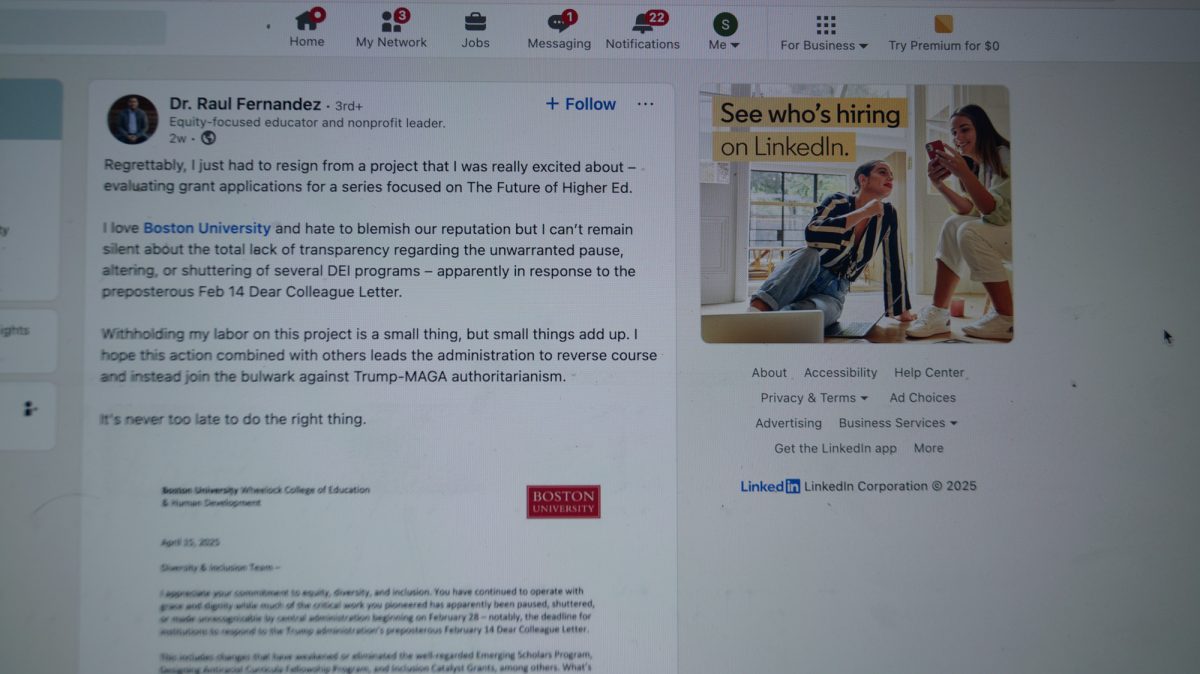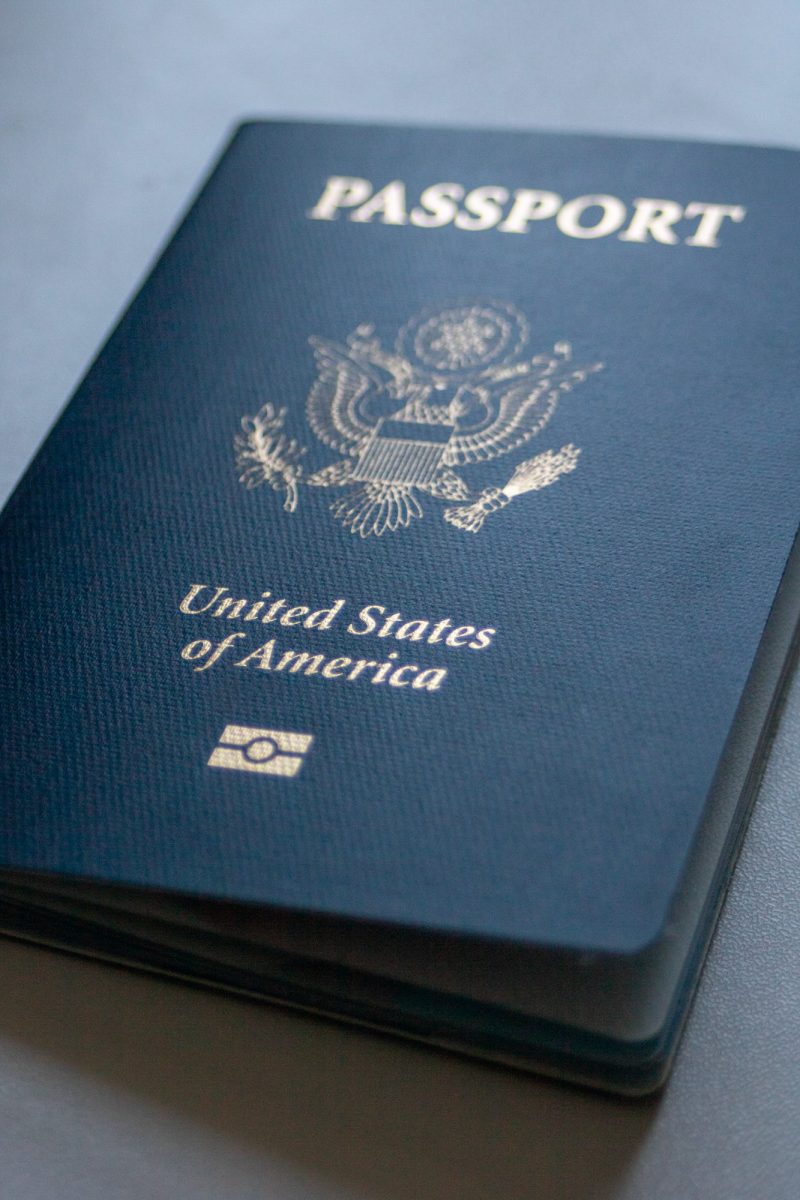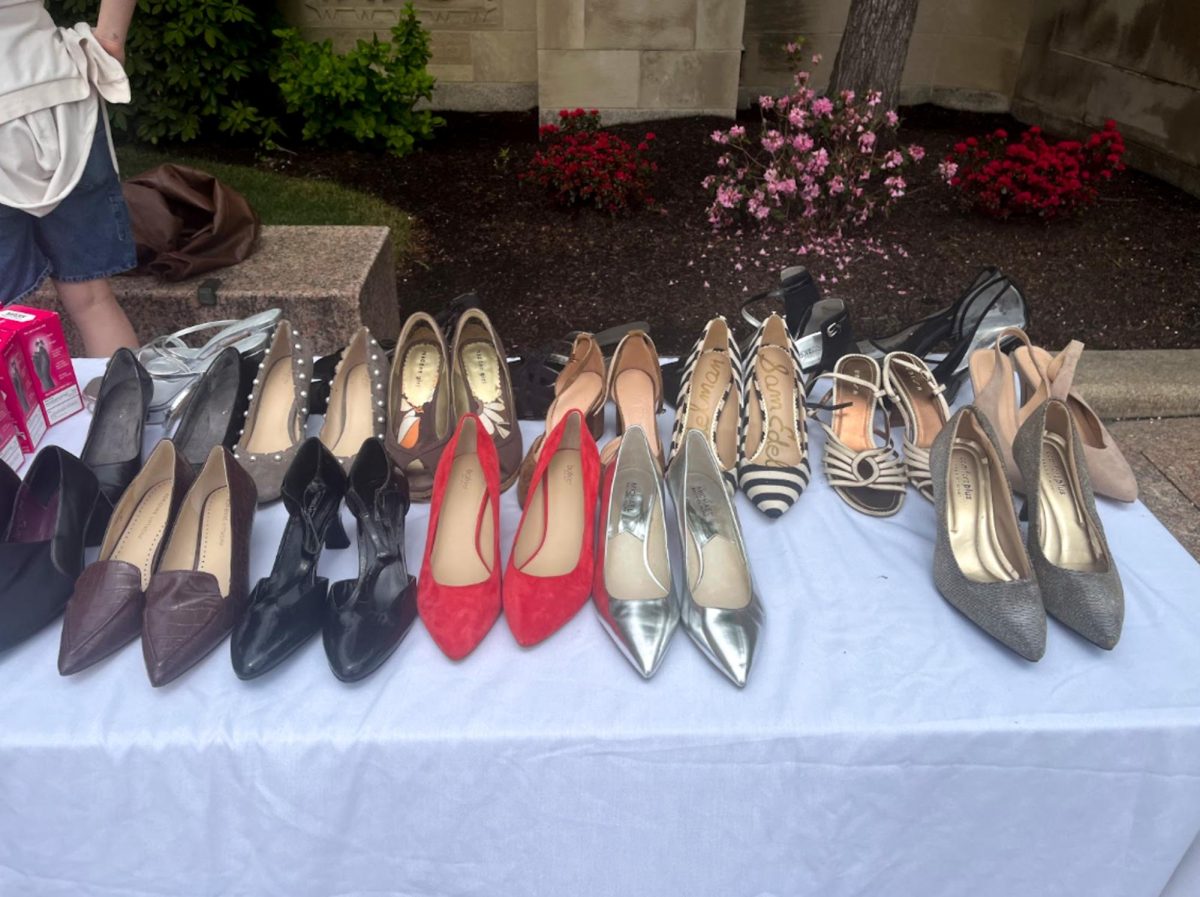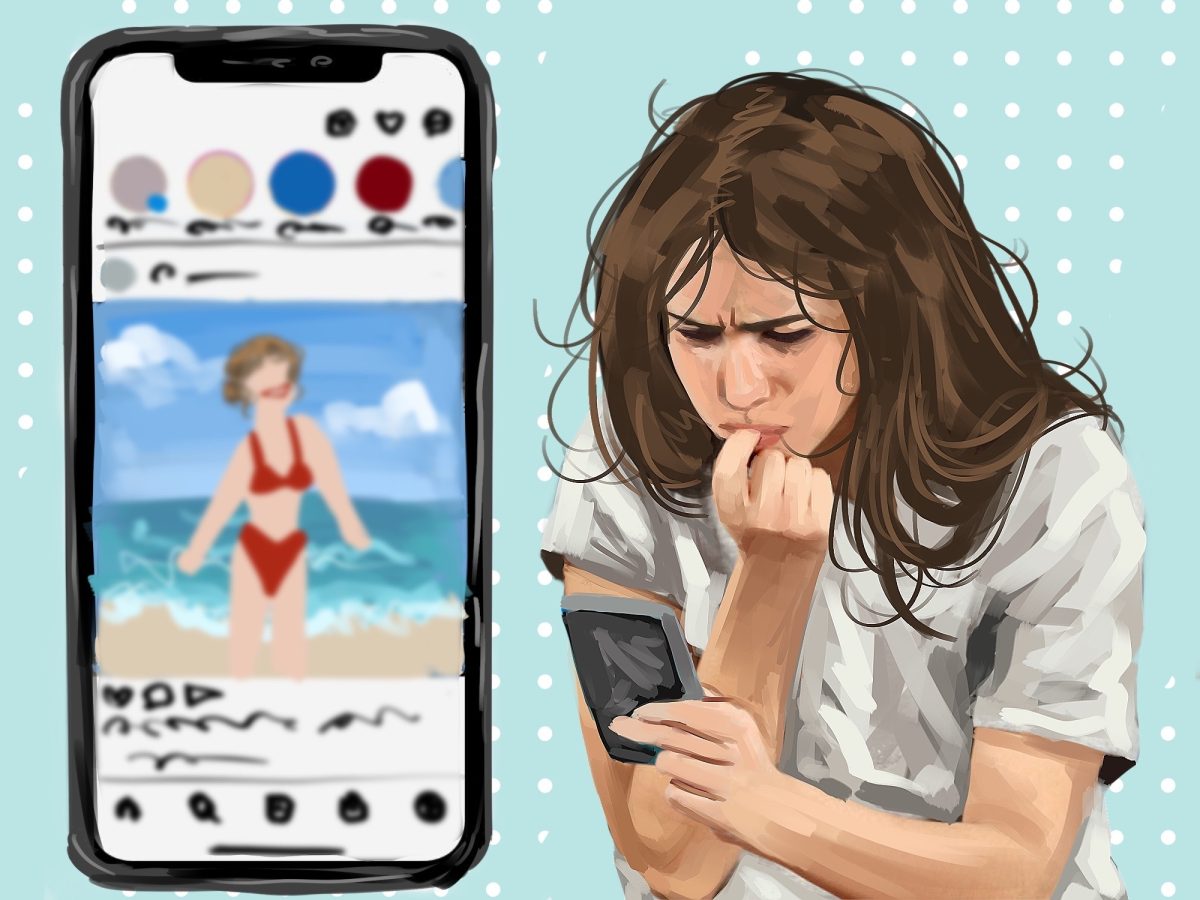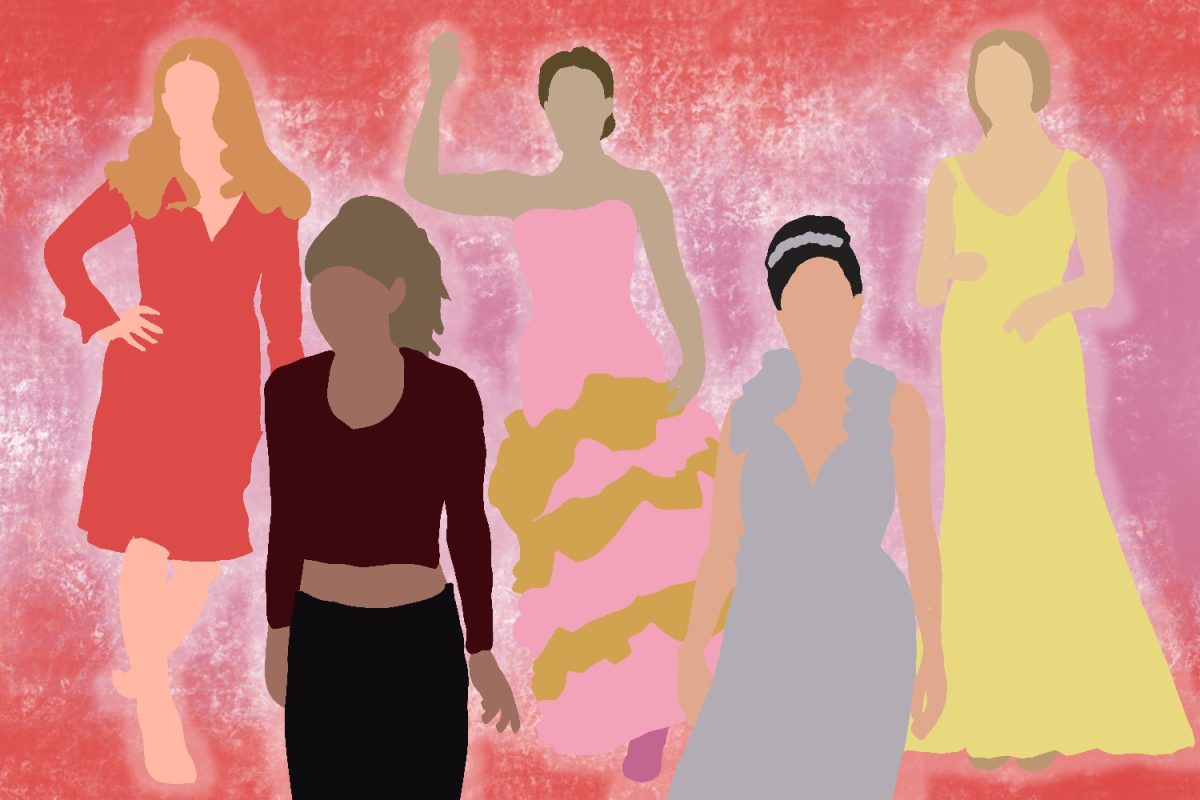As the fall foliage begins to change from green to orange, some college students will try to mimic the new color scheme and give their skin a distinctive glow.
More students than ever are spending time in tanning salons, suffering from a condition known as “tanorexia,” Boston University dermatology professor Barbara Gilchrest said.
“When an individual tans, endorphins are released,” Gilchrest said. “The result is a euphoric effect, almost like that of a ‘runner’s high.'”
Though Gilchrest said the word “tanorexia” draws somewhat of a false parallel between tanning and eating disorders, she said the addiction can be both physical as well as psychological.
“Tanning is largely a cosmetic issue,” Gilchrest said. “Young women and teens tan mainly because of a desire to get that sexy glow.”
The desire for dark skin can also prove harmful, dermatologists say. Skin cancer is the most common cancer and is on the rise, according to the American Cancer Society. The society estimates more than 1 million Americans will develop skin cancer this year, and about 8,420 will die from rare, but deadly, melanoma.
Darque Tan tanning salon Manager Josh Miller acknowledged the risks of excessive tanning, but said it can be beneficial in moderation, noting a 2003 University of California-San Diego study that included potential health benefits from tanning, like increased vitamin D absorption, which promotes healthy bones.
“For some people, tanning is actually necessary,” Miller said. “Their doctors tell them to go tanning to help with eczema, acne or to fix a vitamin D deficiency.”
Business at Darque Tan’s Commonwealth Avenue location has picked up since last year, Miller said.
“After the initial announcement of the link between skin cancer and tanning beds, we saw a slight decrease in the number of customers,” Miller said. “But that number has slowly increased, and now we have more customers than ever before.”
The tanning industry has made a small effort to address the issue of tanning addiction, Miller said. Darque Tan, for example, only allows customers to tan once every 24 hours.
“We don’t want our customers to overdo it, and tanning more than once a day is too much,” Miller said. “But we don’t turn people away, because ultimately it is their decision. They can do what they want to their bodies.”
College of Arts and Sciences freshman Katelyn Melvin said she uses tanning salons often but does not consider it an addiction.
“I’ve never heard of [tanorexia], and I go tanning a lot,” Melvin said. “I tan outdoors in the summer, and maybe once a week during the winter. I like to go, but if I can’t make it, then it isn’t that big of a deal.”
With blonde hair contrasting her dark pallor, CAS junior Nathalie Schaefer said she tans because she thinks it makes her look more attractive.
“Everyone in Hollywood is tan, and all of my friends go tanning,” Shafer said. “I am generally really pale, so I tan because I think I look better with a tan.”





